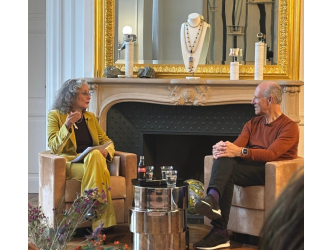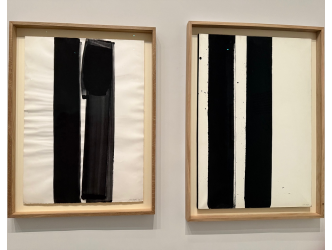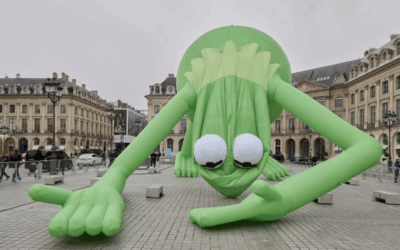Global celebrity
The architect Rem Koolhaas (born in 1944) is a global celebrity in his field. Winner of the Pritzker Prize, he has signed such landmark projects as the CCTV tower in Beijing, the National Library in Doha and, in France, Euralille, the masterplan around the Lille-Europe TGV station. But his true passion is theory—so long as it is paradoxical and surprising.
Countryside, The Future
This led him to stage, in 2020, a remarkable exhibition at the Guggenheim in New York. Through its title, “Countryside, The Future,” he made explicit his argument that the countryside—midway between wilderness and city—represents the future of contemporary humanity the world over.
Rem Koolhaas has a rare talent for conceiving exhibitions that are unprecedented in both content and form.
Diagrams everywhere
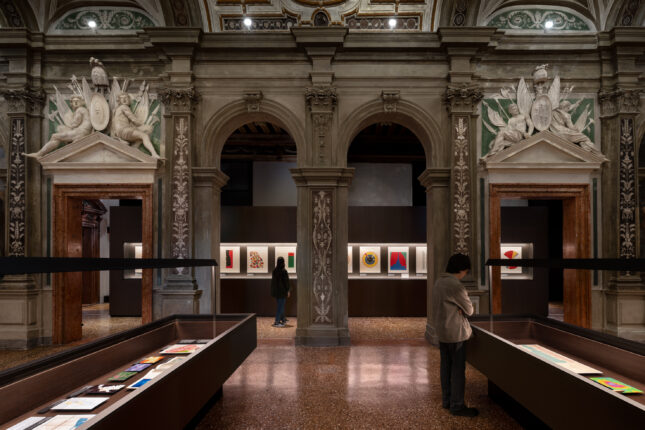
Now, in an altogether different register, he’s back with another experiment, this time in Venice at the Fondazione Prada, with an exhibition devoted to diagrams: how such models, in their efforts to represent reality, are at once invasive, aesthetically fascinating and also treacherous when placed at the service of propaganda. Koolhaas recalls very clearly the first diagram he ever saw: “It was a diagram of Rotterdam. The city, bombed by the Germans in 1940, was shown entirely in gray, with a huge white crater marking all that had been destroyed.”
A bit criptic
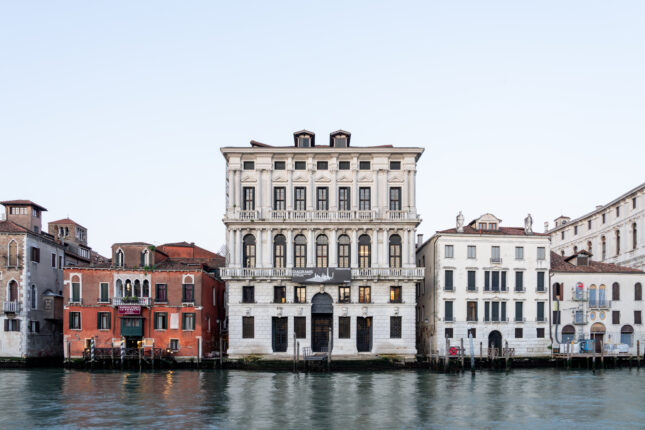
The setting for his Venetian project—produced in collaboration with his architecture firms OMA and AMO—is sumptuous: an 18th-century baroque palazzo on the Grand Canal. The content is no less striking, with 300 works (some originals, others reproductions) dating from the 12th century to the present day. Certain sections, however, are somewhat cryptic, in particular the vast diagram at the entrance that attempts to summarize the very question of the diagram itself.
All imaginable aesthetics
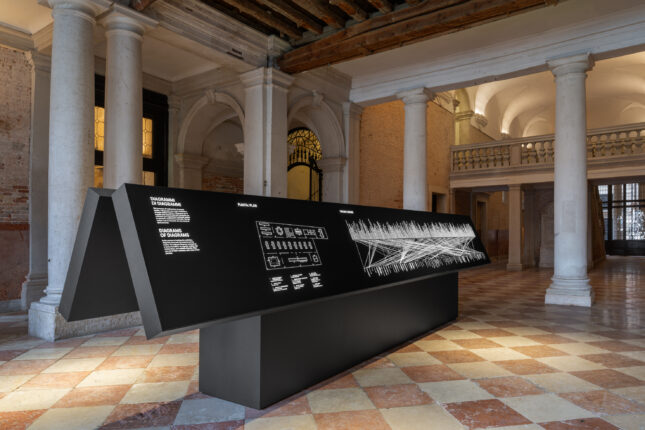
On the first floor, beneath coffered ceilings, unfolds a full spectrum of the form, broken down into hot topics such as the built environment, health, inequality, migration, ecology, knowledge… What’s most striking throughout the exhibit is the idea that diagrams encompass—or even seem to have invented—all imaginable aesthetics. The creators of such stylized models demonstrate remarkable ingenuity.
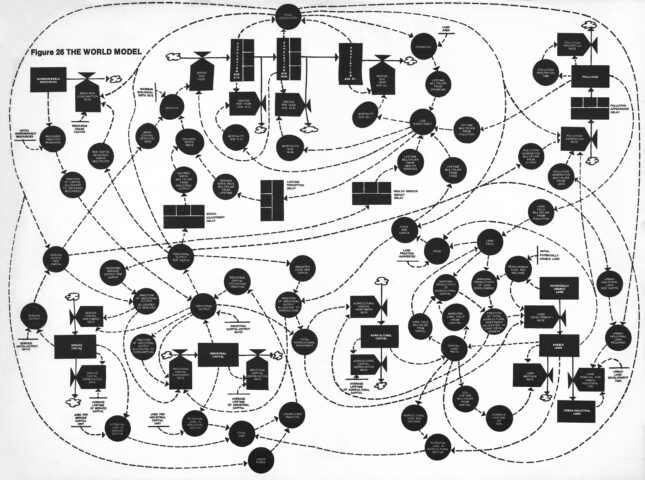
Descartes was a Surrealist
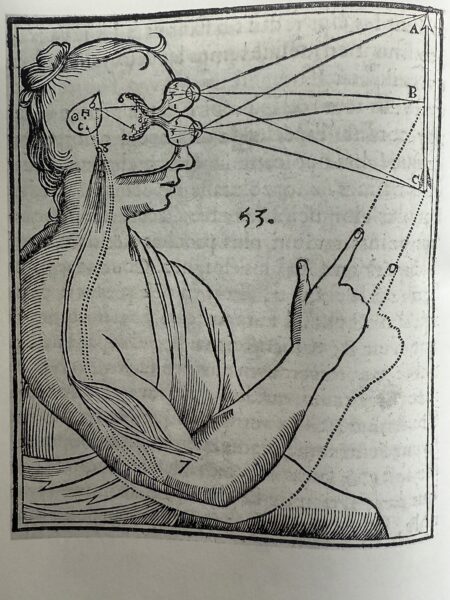
An account of Surrealism, for instance, might point back to a diagram taken from an edition of René Descartes’ “L’Homme,” published in 1664, that explains the mechanics of a human eye. The print depicts a figure in profile with a beam projecting out from his eyeball and originating from inside his own skull.
Meanwhile in Georgia
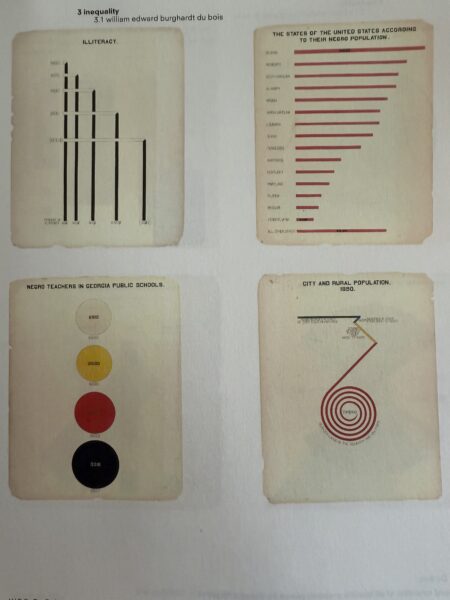
Meanwhile, for an account of abstract, geometric or polychromatic art, one could turn to the charts created in 1900 for a sociological study of Black Americans in the state of Georgia. These include, for instance, categories of teachers in public schools, represented by multicolored circles floating in space, or kitchen furniture owned by that population, represented in red, grey and yellow spirals on a white background. Produced by the African American scholar William Edward Burghardt Du Bois (1868-1963), they are, as Koolhaas observes, “incredibly effective in representing a dramatic situation with clarity and without the use of words.”
Viscera and a Fetus in Utero
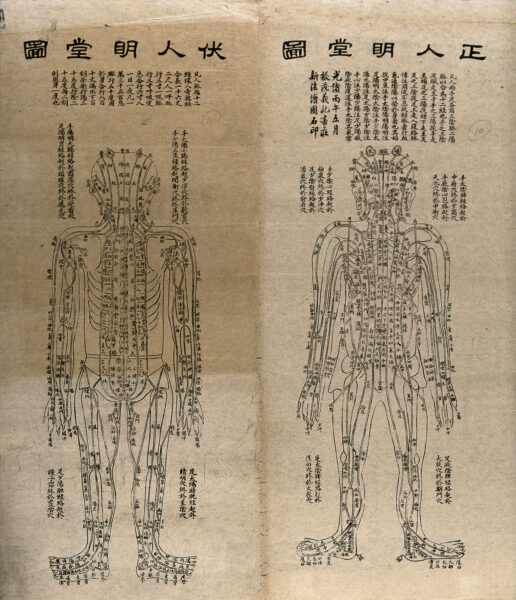
Among the marvels on view is also a Persian anatomy manual from the 1390s. Strikingly, its image of “Viscera and a Fetus in Utero” more closely resembles a menacing manga character than a medical dissection.
Radical catalogue
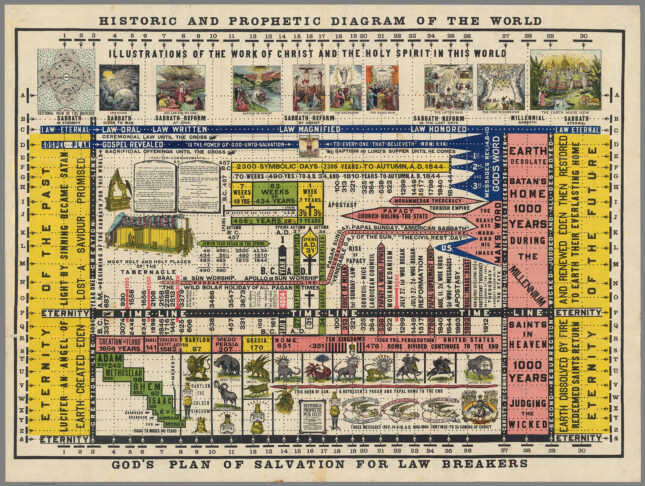
This exhibition of encyclopedic and universal ambitions, which is worth an infinitely long visit, is thankfully accompanied by a remarkable and radical catalogue of 448 pages- as radical as Rem-, composed almost entirely of diagrams.
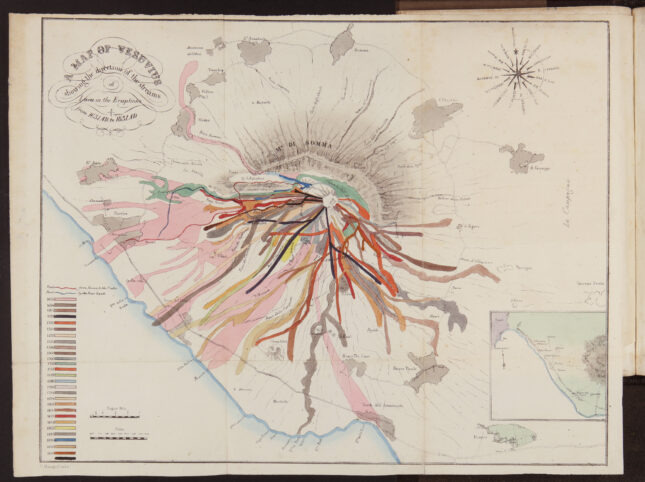
For the best diagram, after all, is the one that requires no words.

On view through 24 November.
https://www.fondazioneprada.org/
Support independent news on art.
Your contribution : Make a monthly commitment to support JB Reports or a one-off contribution as and when you feel like it. Choose the option that suits you best.
Need to cancel a recurring donation? Please go here.
The donation is considered to be a subscription for a fee set by the donor and for a duration also set by the donor.


